When you choose a cycling jersey instead of a regular t-shirt, the difference shows up fast. A cycling jersey is made with breathable, moisture-wicking, and quick-dry fabric that keeps you comfortable on the bike. A cotton shirt, on the other hand, traps sweat, feels heavy, and can even cause irritation. Look at the table below:
| Material Type | Moisture Management | Comfort Level |
Performance Impact |
| Cycling Jerseys | High | High | Positive |
| Regular Cotton Shirts | Low | Low | Negative |
If you wear a regular shirt while riding, sweat can drip in your eyes. This can distract you. Almost half of cyclists say sweat hurts their performance. Most athletes think it is very annoying. Picking the right shirt can make your ride better and safer.

Key Takeaways
Cycling jerseys are made with special fabrics. These fabrics pull sweat away from your skin. This helps you stay dry and comfortable when you ride. Bike jerseys fit tightly to your body. This tight fit lowers wind resistance. It helps you ride faster and use less energy. Jerseys usually have pockets on them. You can use these pockets to store snacks and other things. This makes them useful for long rides. Regular shirts might feel nice at first. But they do not handle sweat well. This can make you feel uncomfortable on long rides. Picking the right shirt for your ride is important. It can help you feel better and do better on your bike.
Materials
Technical Fabrics
Cycling clothing feels different than a regular shirt. The fabric is special and helps you stay cool and dry. You might see Lycra, polyester, nylon, or Merino wool on the tag. Each one helps your ride in its own way.
| Fabric | Properties |
| Lycra | Snug fit, moisture-wicking, reduces chafing |
| Polyester | Breathable, lightweight, quick-dry, UV blocking |
| Nylon | Durable, moisture management |
| Merino Wool | Temperature regulation, odor resistance |
Some jerseys mix Merino wool and polyester together. This mix gives you moisture-wicking, durability, and temperature control. You can ride longer and not feel sticky or uncomfortable. These fabrics pull sweat away from your skin. You stay dry even when you work hard.
Cotton and Basics
You probably have lots of cotton shirts at home. They feel soft and nice at first. But when you sweat, cotton holds onto the moisture. It gets heavy and sticks to your skin. This can make you cold or cause chafing on long rides.
- Cotton soaks up sweat but does not move it away.
- Technical fabrics like Merino wool can hold a lot of moisture and still keep you dry.
- Technical fabrics give you better comfort and performance, even when the weather changes.
If you want to enjoy your ride and not feel wet, pick a cycling jersey made from technical fabrics.
Fit and Design
Cycling Jersey Fit
When you put on a cycling jersey, you notice the fit right away. It hugs your body, almost like a second skin. This snug fit helps you move easily on your bike. You do not have to worry about extra fabric flapping in the wind. That means you ride faster and feel less drag.
Cycling jerseys come in different styles. Race jerseys fit tighter for better aerodynamics. Club jerseys feel a bit more relaxed, so you get comfort and freedom to move. Both types help you avoid chafing and irritation during long rides. The stretchy fabric lets you reach for your handlebars or stand up on your pedals without feeling restricted.
- A snug fit keeps the jersey in place.
- You get less wind resistance.
- The fabric wicks away sweat, so you stay dry.
- You can move your arms and shoulders freely.
Regular Shirt Fit
A regular shirt feels loose and relaxed. That might sound comfortable, but it does not work well for cycling. The extra fabric can bunch up or flap around when you ride. This can slow you down and make you feel uncomfortable.
Most regular shirts do not stretch much. When you lean forward on your bike, the shirt might pull at your shoulders or ride up your back. You might even feel the shirt tug at your arms when you reach for the handlebars.
- Regular shirts are not made for cycling posture.
- They do not manage sweat well.
- The loose fit can cause chafing or irritation.
- You might feel too hot or too cold, depending on the weather.
Here is a quick look at how different fits compare:
| Fit Type | Description | Best For |
| Slim Fit | Feels like a second skin, reduces drag | Performance cycling |
| Regular Fit | Looser, follows body shape | Everyday wear |
| Baggy Fit | Very loose, lots of room to move | Mountain biking, casual |
Riding Position Coverage
When you ride a bike, you lean forward. A cycling jersey is designed for this position. The back of the jersey is longer than the front. This extra length covers your lower back, even when you bend over. You do not have to worry about your shirt riding up or exposing your skin.
| Feature | Description |
| Extended Back Coverage | The back hem is 2-4 inches longer than the front to protect your lower spine |
Longer sleeves on some cycling jerseys also help. They protect your arms from the sun and keep you warm on cool days. Some jerseys even block UV rays, so you do not get sunburned. You get more coverage and better temperature control.
- Long sleeves block UV rays and help prevent sunburn.
- Extra coverage keeps you comfortable in different weather.
- The design matches your riding position, so you stay protected.

Cycling Jersey Features
Pockets and Storage
When you wear cycling clothing, you get smart storage built right in. Most jerseys have three pockets on the back. Some even add a small zippered pocket on the side. These pockets let you carry snacks, tools, or your phone without needing a backpack. You can reach your stuff while riding, so you stay focused on the road.
Here’s a quick look at common pocket types and their benefits:
| Pocket Type | Benefits |
| Back 3+1 Pocket | Holds energy bars, tools, and your phone. |
| Side Zipper Pocket | Keeps keys and headphones safe and secure. |
| Zipped Pockets | Store personal items like money or cards while you ride. |
| Zippered Pockets | Lets you adjust ventilation and keeps your things protected. |
You will not find these pockets on a regular shirt. If you try to carry things in a normal shirt, they might fall out or bounce around. Cycling jerseys solve this problem with smart design.
Zippers and Grippers
A cycling jersey uses special zippers and grippers to keep you comfortable and cool. The front zipper lets you control airflow. You can zip it up to stay warm or open it for extra ventilation on hot days. Some cycling tops use strong YKK Vislon zippers, which work smoothly and last a long time. Concealed zippers keep out dirt and wind, so your jersey stays clean and durable.
Grippers are another key feature. Silicone waist grips stop your jersey from sliding up when you move. Sleeve grippers keep your sleeves in place, even if you ride fast or change positions. Mesh hem grippers add breathability and help the jersey stay put.
Here’s a table showing how these features help you:
| Feature | Benefit |
| Concealed Zipper | Blocks dirt and wind, keeps your jersey looking new. |
| YKK Vislon Zipper | Easy to use, strong, and reliable. |
| Silicone Waist Grips | Stops the jersey from riding up, keeps you comfortable. |
| Sleeve Grippers | Keeps sleeves in place, no matter how much you move. |
| Mesh Hem Gripper | Let's air flow, keeps the jersey secure. |
| Ventilation Panels | Makes the jersey cooler and more breathable. |
You will not get these features in a regular shirt. Regular shirts do not have zippers for ventilation or grippers for stability. This means your shirt might ride up, bunch, or make you feel too hot. A cycling jersey gives you control and comfort every time you ride.
- Zippers help you stay cool and make the jersey easy to put on or take off.
- Grippers keep your jersey in place, so you do not have to adjust it while riding.
- Regular shirts miss out on these helpful features, which can make cycling less fun.

Performance
Moisture Wicking
When you ride hard, you sweat a lot. A cycling jersey pulls sweat away from your skin. This keeps you dry and stops skin irritation. Regular shirts, like cotton, soak up sweat. They hold sweat against your body. That makes you feel sticky and can cause chafing.
- Cycling jerseys use fabric that moves sweat away.
- This helps stop skin problems from sweat staying on you.
Studies show how shirts handle sweat differently:
| Study Focus | Findings | Comparison |
| How shirts affect health, fluid loss, and performance | Clothes change heat stress and fluid loss | Moisture-wicking helps performance |
| Synthetic vs. natural fiber shirts | Comfort and cooling are about the same | Some synthetic shirts make you lose more fluid |
| Performance with different fabrics | Sweating and water regain change | More research is needed on fabric effects |
Tip: Pick a shirt that moves sweat away if you want to stay dry and avoid rashes.
Temperature Control
It is important to stay cool or warm when you ride. The shirt’s fabric changes how your body handles heat. Cycling jerseys use special materials to help control your temperature. Regular shirts, like cotton, trap heat and sweat. This makes you feel hotter.
Here is how fabrics compare:
| Fabric Type | Thermal Resistance | Microclimate Temperature | Performance Impact |
| Tencel single jersey | Lowest | Lowest during activity | Helps you do better |
| Polyester mesh | Moderate | Moderate | Makes riding easier |
| Cotton single jersey | Highest | Highest during exercise | Makes you feel hotter and less comfy |
| CPS cotton polyester | High | High during exercise | Not as good for long rides |
You will feel cooler and more comfortable in a cycling jersey, especially on hot days.
Aerodynamics
Wind can slow you down when you ride. A cycling jersey fits close to your body. It cuts through the air better than a loose shirt. The tight fit lowers drag and helps you go faster.
- A snug jersey stops extra fabric from flapping.
- Less drag can save you up to 30 watts of power.
- You move through the air more easily, especially when riding fast.
- A good jersey helps you ride faster and use less energy.
- Even small changes in fit can make you much quicker.
Use Cases
When to Choose a Cycling Jersey
You might wonder when you really need a cycling jersey. If you plan to ride for a long time, race, or even commute daily, a cycling jersey makes a big difference. You get comfort, better sweat control, and a fit that helps you move faster. The fabric keeps you dry and cool, so you can focus on the road. The pockets let you carry snacks, your phone, or keys without a backpack. You also get less wind drag, which helps you save energy.
Here’s a quick table to show why cyclists often pick a cycling jersey for serious rides:
- Comfort: Jerseys are designed to keep you comfortable on long or fast rides, even in tough conditions.
- Moisture-Wicking Properties: The fabric actively pulls sweat away from your skin, helping you stay dry and cool throughout the ride.
- Fit and Performance: With a close, aerodynamic fit, a cycling jersey reduces wind resistance and makes it easier to maintain higher speeds with less effort.
When a Regular Shirt Works
Sometimes, you just want a simple ride around the neighborhood or a quick trip to the store. In these cases, a regular shirt can work fine. You might choose a t-shirt because it feels soft and costs less. For short, slow rides, you may not need all the features of a cycling jersey.
Here are some pros and cons to help you decide:
- 👍 Regular shirts feel comfortable and save you money.
- 👎 They do not handle sweat well, especially on hot days.
- 👎 You might feel sticky or get chafing if you ride longer.
If you plan to ride only a few miles or just want to enjoy a casual cruise, a regular shirt is okay. For anything longer or faster, you will probably want the extra comfort and features of a cycling jersey.
Quick Comparison Table
| Feature | Cycling Jerseys | Regular Shirts |
| Fit | Race fit, Club fit, Thermal fit | Standard fit |
| Moisture Management | High-tech moisture-wicking materials | Standard fit |
| Aerodynamics |
Designed for reduced air resistance | Loose fit increases drag |
| Pockets | Functional pockets for storage | Usually no pockets |
| Comfort for Activities | Tailored for racing, leisure, and commuting |
|
Cycling jerseys fit close to your body. They use fabrics that pull sweat away. Jerseys have pockets and zippers for your stuff. Regular shirts are okay for short rides. They do not let air through well. They do not cover you as much. If you ride a lot, pick a jersey. Jerseys use special materials and fit better. Think about how you ride and the weather. Choose the best cycling clothes that make you feel most comfortable.
Conclusion
For cyclists, a cycling jersey is more than just a shirt. It's high-performance apparel designed to keep you dry, comfortable, and fast on the trails. While a cotton shirt is perfect for short, casual rides or city commutes, a cycling jersey helps you ride farther, perform better, and stay comfortable in all conditions.
At ROCKBROS, we design cycling jerseys and apparel featuring technical fabrics, clever organization, and ergonomic fit—all at an exceptional value. Whether you're road riding, mountain biking, or just commuting, our gear helps you focus on the ride, not the clothes. Explore the ROCKBROS cycling apparel collection and upgrade your next ride.

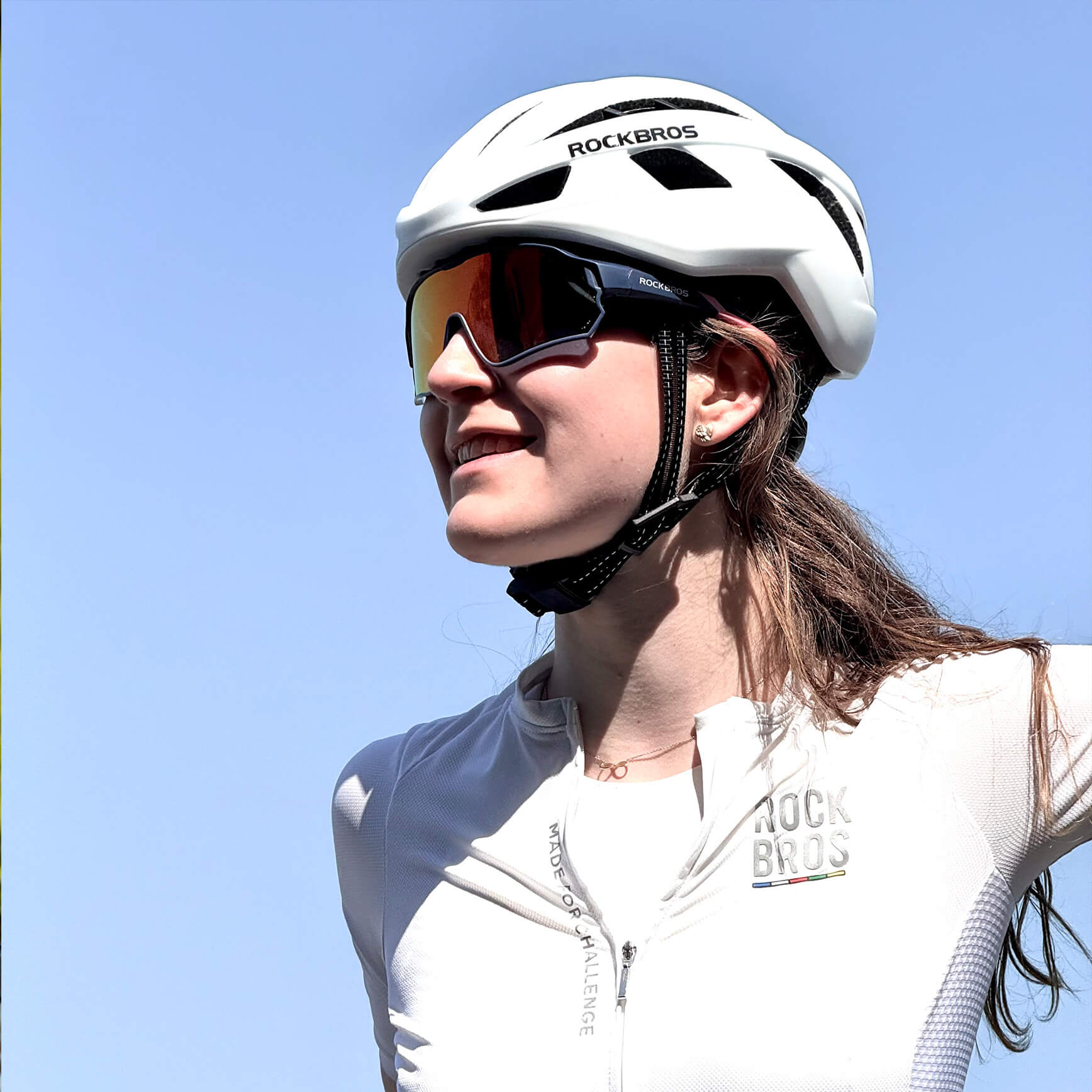

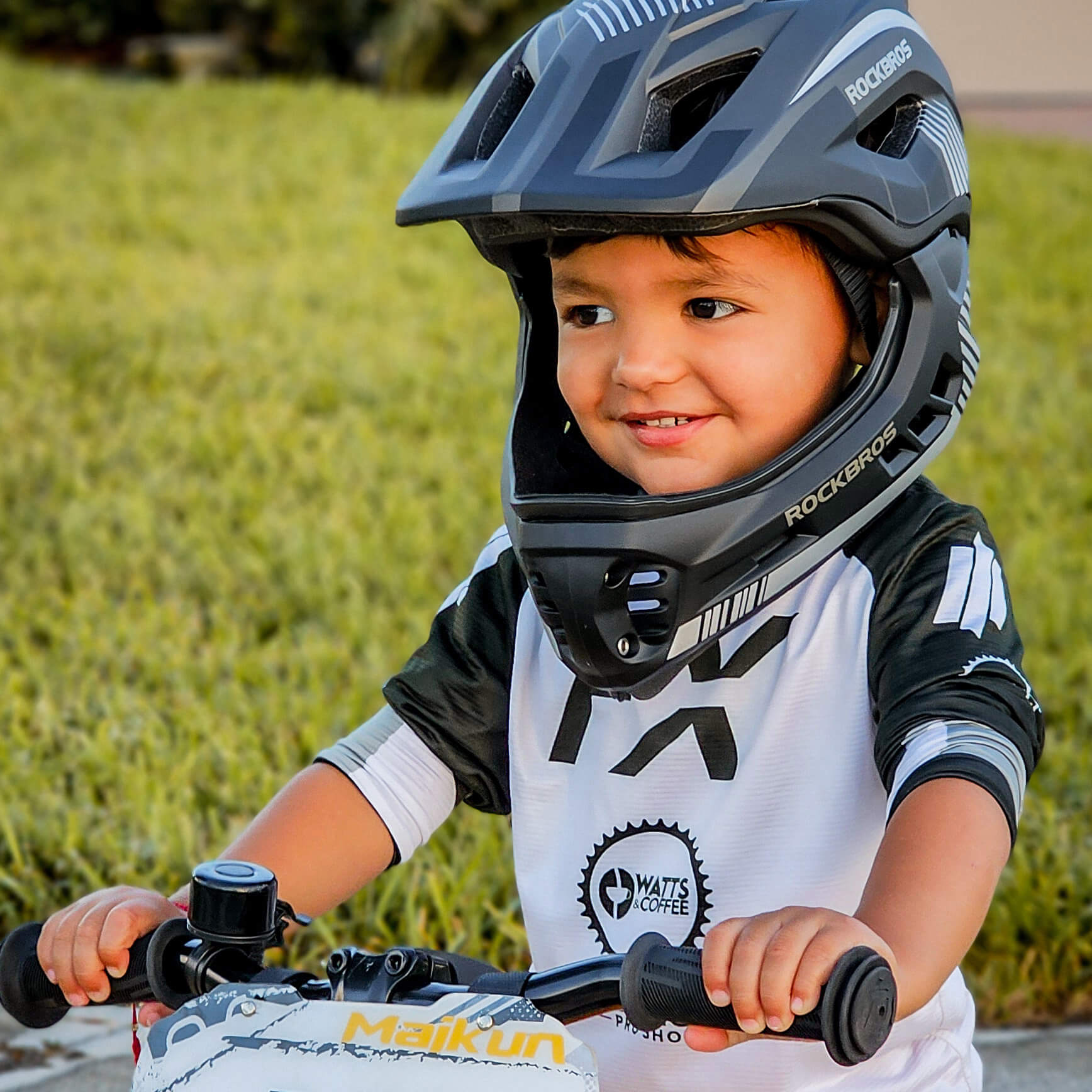
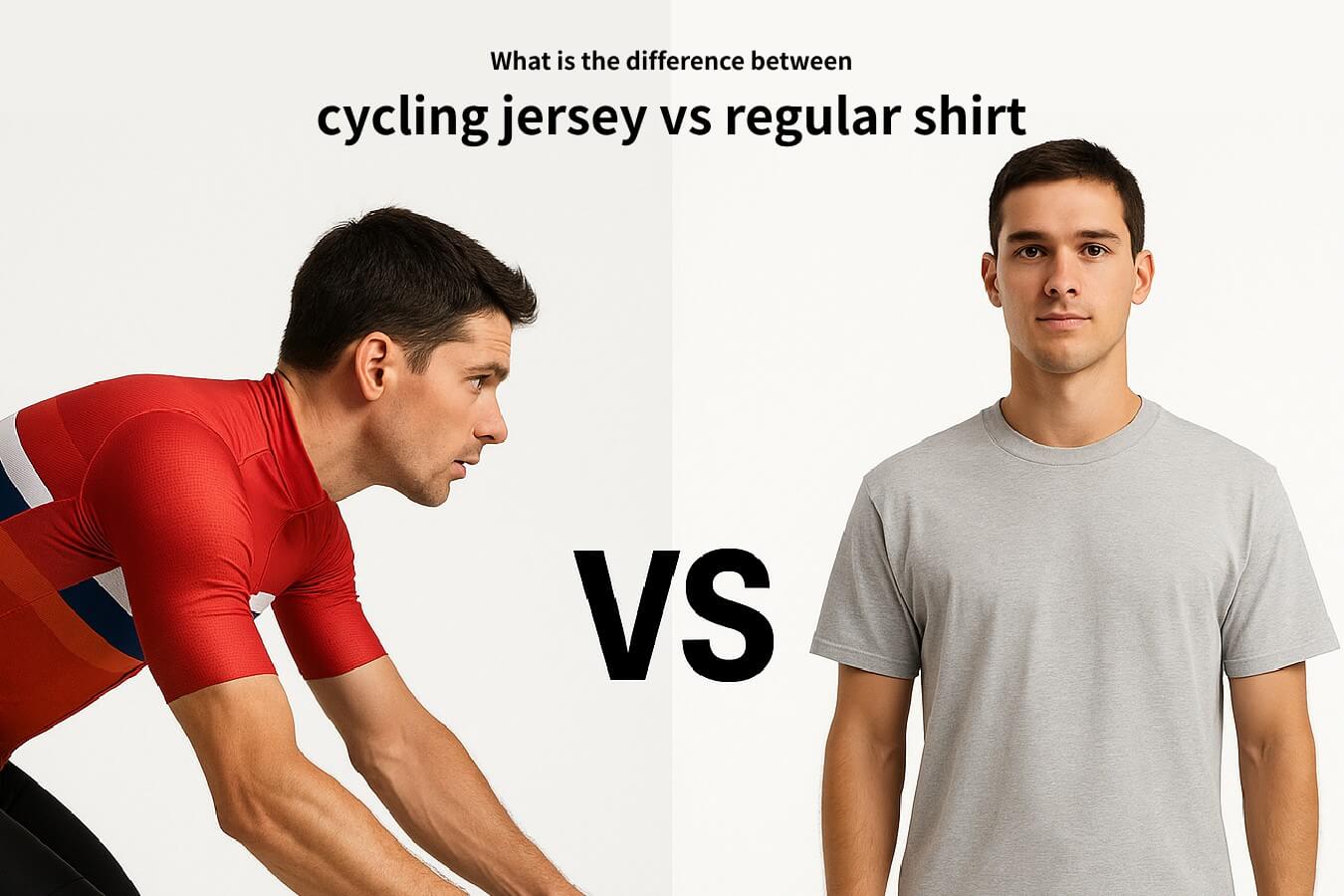
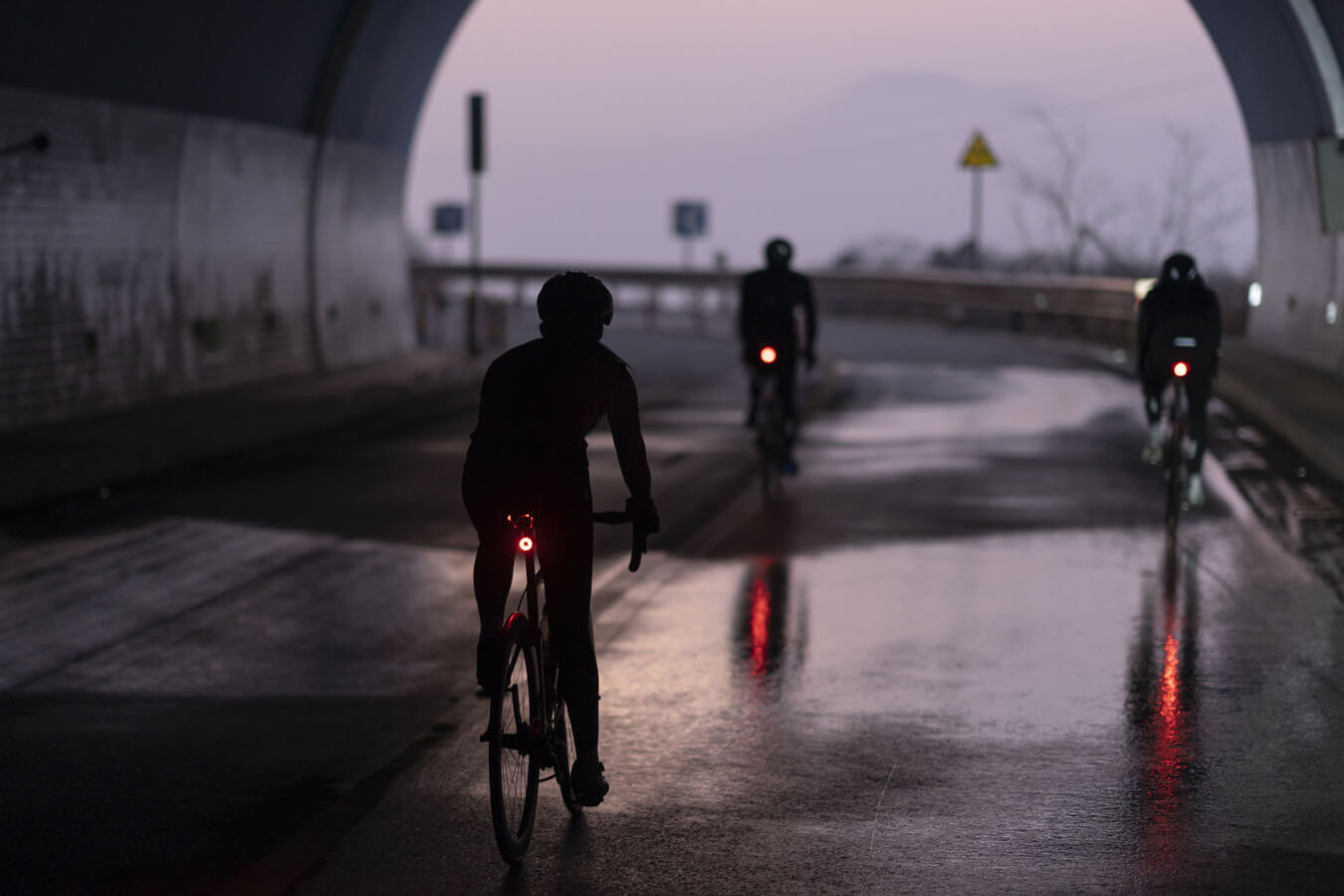
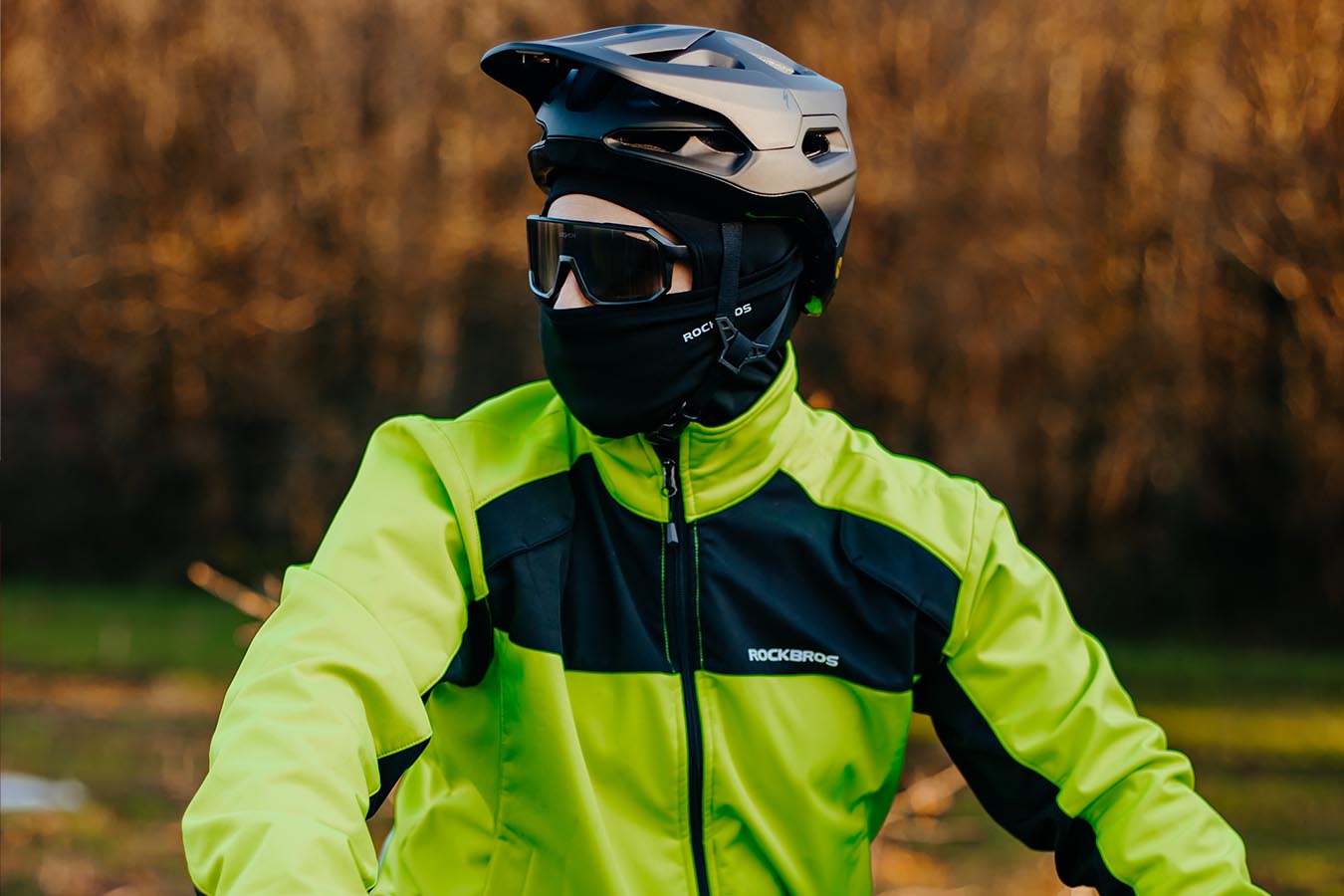
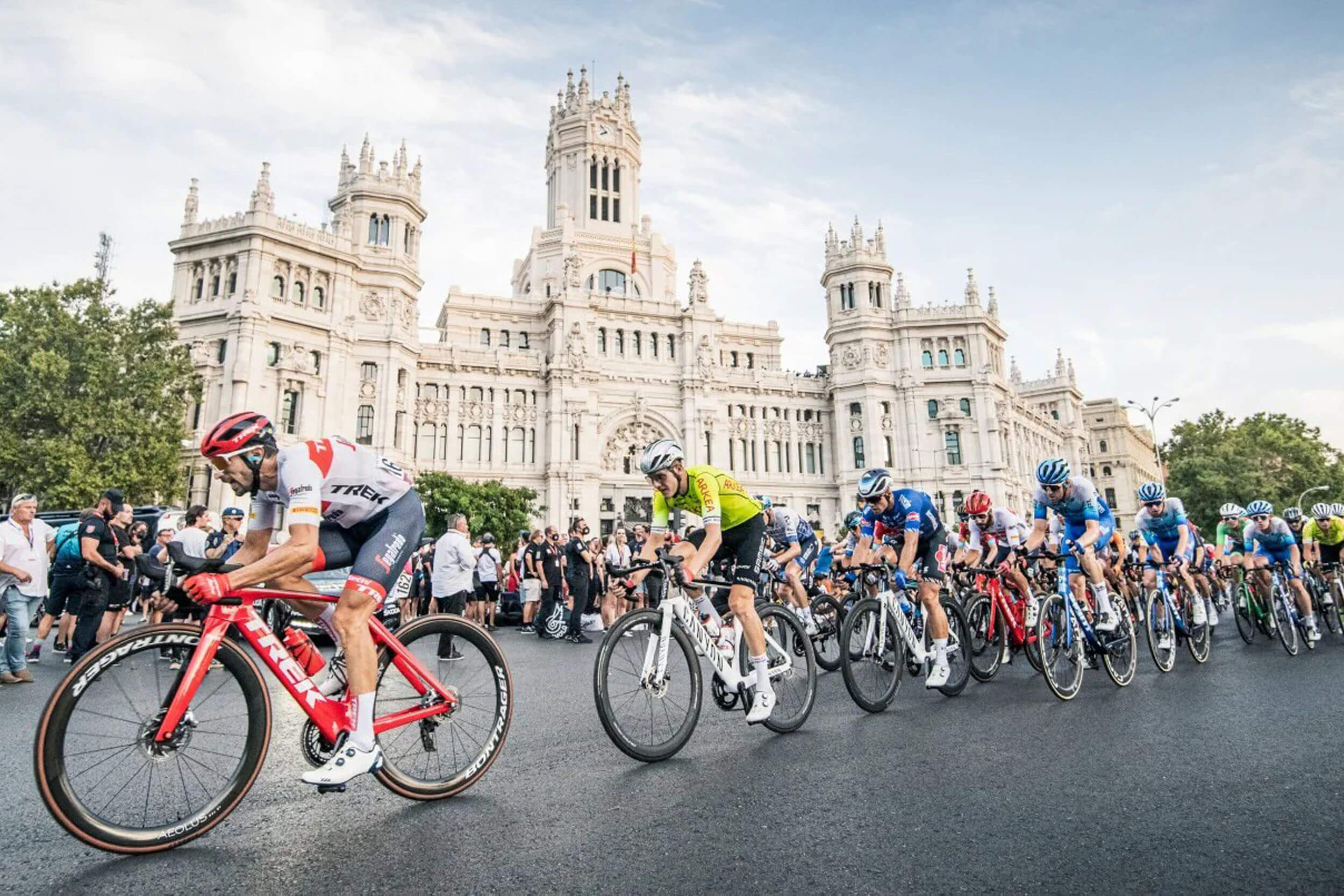
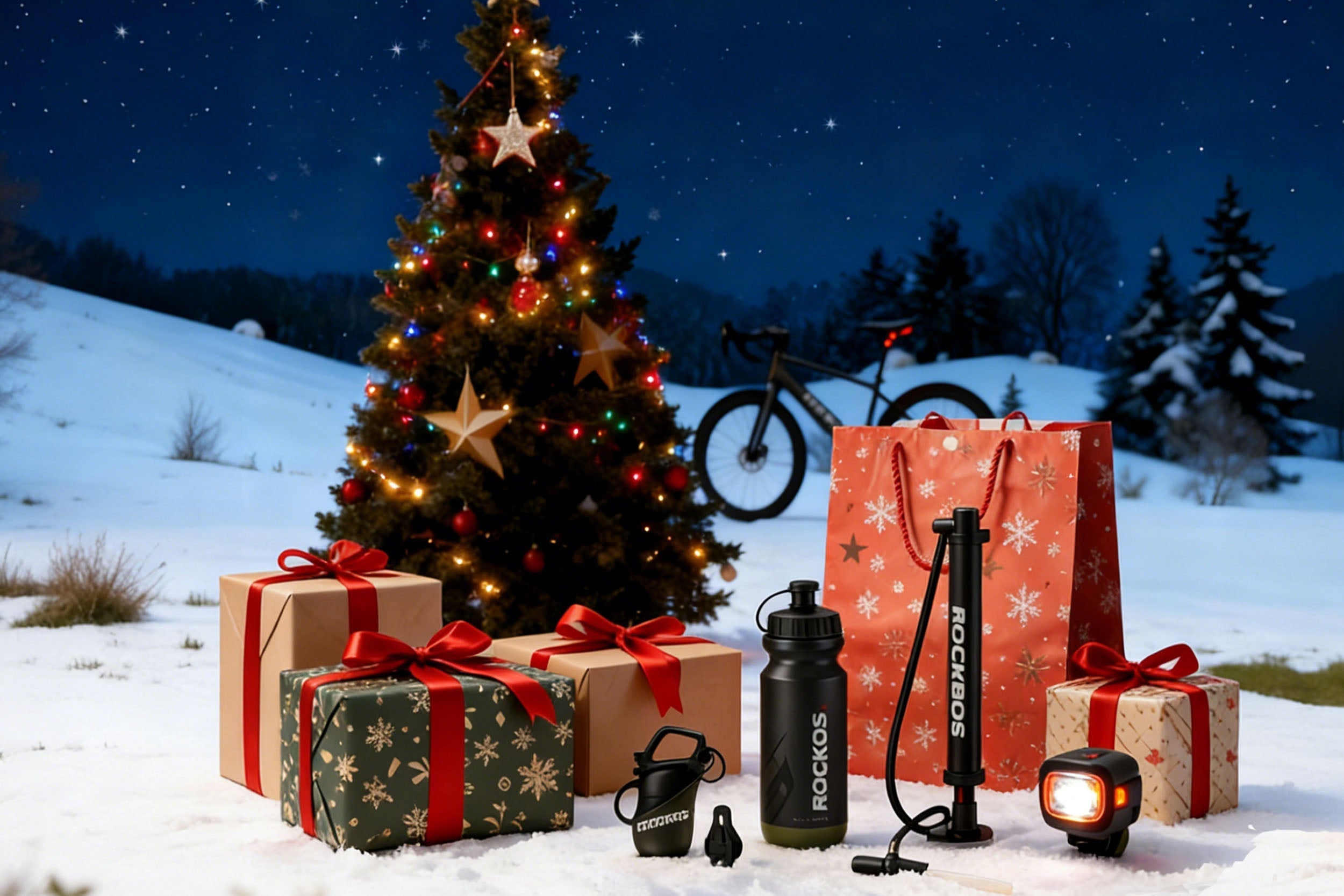

Leave a comment
This site is protected by hCaptcha and the hCaptcha Privacy Policy and Terms of Service apply.